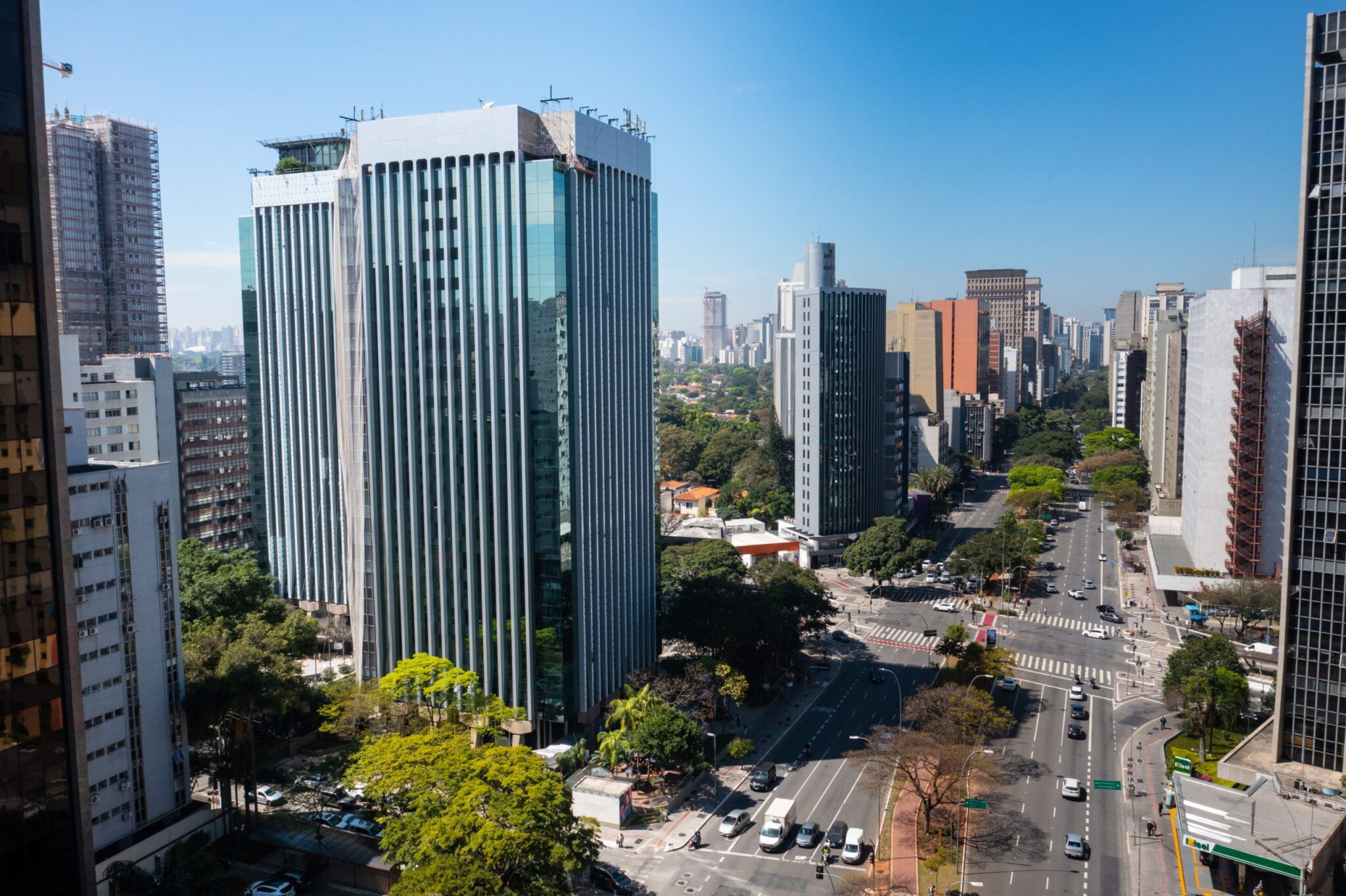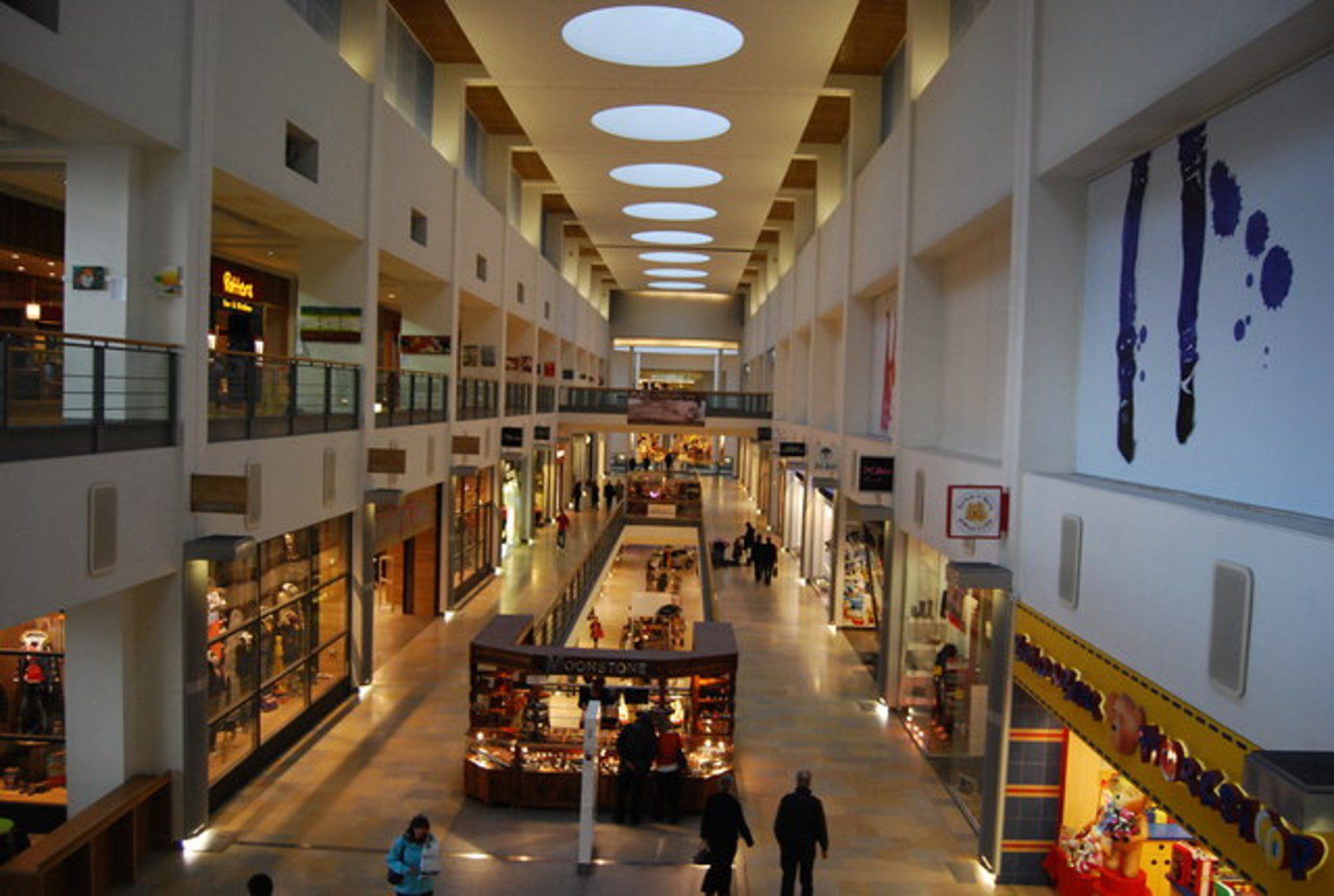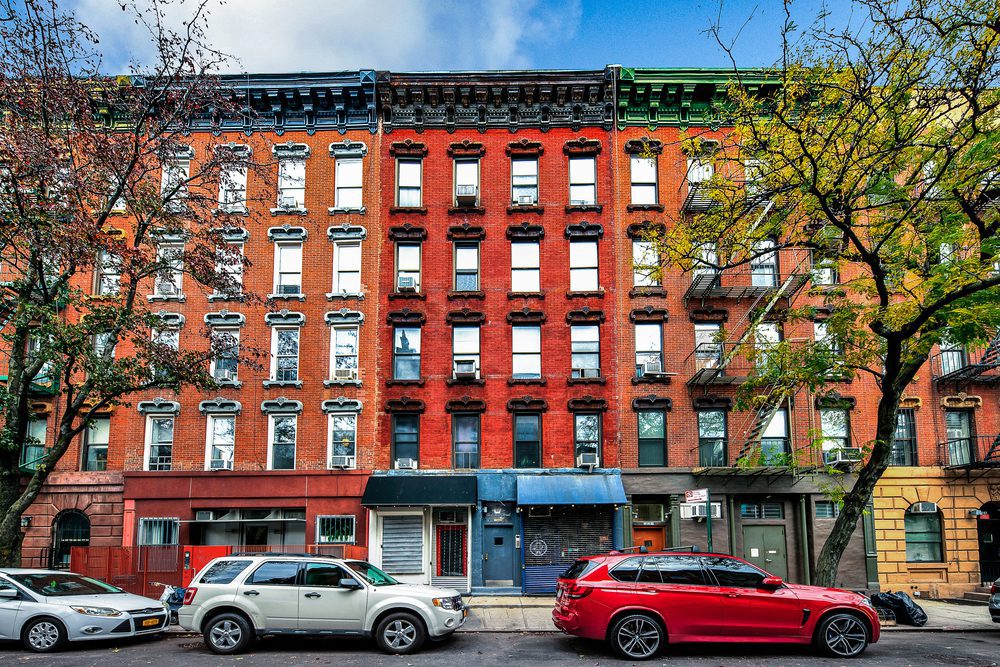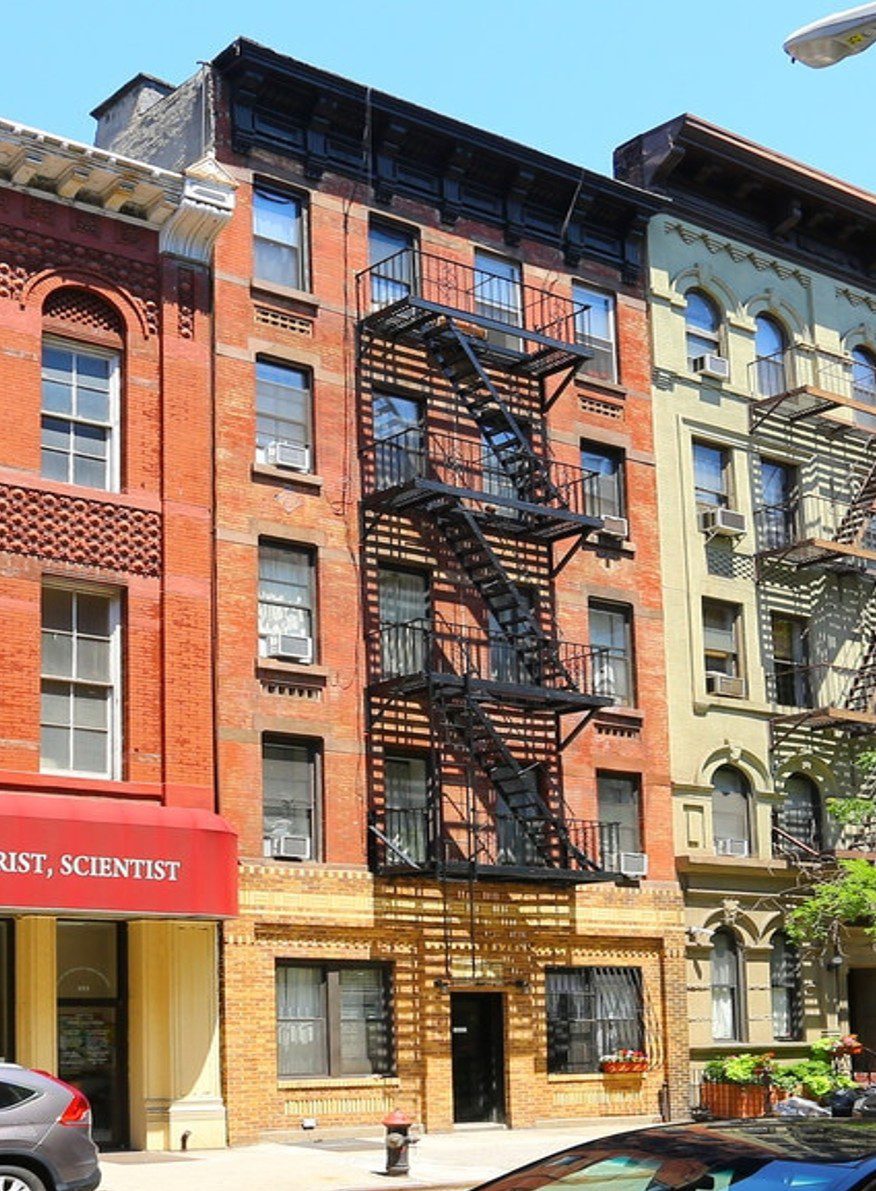The parallel between the properties of physical and Sief
Real estate is seen as a safe investment. The generation of cash flow from rent, and the potential for capital gains from the sale of the assets will attract a lot of investors in the real estate market. So, it is quite common for people to have their heritage in an extremely tied up in real estate properties that are physical.
In the following, we will describe the connection between the investment in real estate, physical, and real Estate Fund (REF), exemplified in this case by the malls. For the purposes of simplicity, the case study does not consider the appreciation/depreciation of fixed assets. The idea is to contrast the differences between the two, especially from the point of view of diversification and cash flow of the portfolio.
If we use it as the basis for an investor with a total capital of 1 million, for real, and you assume that he has a property in his portfolio, which is likely, we are talking about is something like 50% of it is allocated to a single asset, that is, there is a high concentration of the features.
Let's also assume that the asset is a residential building. Starting from the premise that the exchange tenants to the property that occurs every three (3) years, and the interval between the lease and the other is 2 months old, we found that the vacancy rate in the organic medium of the owner, of the 5.5 per cent over a period of 10 years.
Using it as a parameter to the rent index FipeZap, institute for reference, the price of real estate, we get to the yield (return) to the rental of a residential property at 5.5% per year. The descontarmos to GO to a middle-Income Tax to 20%, the dividend yield is 4.4%, a. a. and Now, with the first signs of a vacancy and a non-zero default built-in, we arrived at a total return of 4.0% over the last year.
Well, we know that it is not the story of a majority of the investors/buyers. The problems of the lease re-negotiation of the contract, non-payment, the reforms in the real estate, the payment of brokerage to the real estate, among other things, are much more common than they are in the scenario described above. In other words, the return on assets tends to be less than what we're talking about here.
So, it seems reasonable to assume that, having a net worth concentrated in a single asset with low liquidity, as a property of the physical, not logical. No need for a capital, an investor may have to sell the property quickly, and at a significant loss to its shareholders ' equity.
In contrast, the Sief is the address of the main limitations of the real estate properties physical diversification, liquidity, and yield.
The Sief is the property of the physical, the so-called “bricks” have been investing in various sectors such as slabs, business, warehouse logistics, hotels, shopping malls, etc. Despite the differences between each and every one of these threads, there is an inherent feature of almost all of them have more than one tenant.
Let us take, as an example, the real estate fund, monoativo of shopping center. This asset has an average of 200 to300 merchants, and therefore, the output of the and/or the non-payment of the rent for a few of them are not likely to have an impact on a representative at the monthly cash flow from the FUNDS. Already, the cash flow from the property to the physical, to suffer a lot more variation, and in many cases it is negative, with the departure of the tenant.
From the point of view of the generation of revenue, with the most users in the world have some form of existence. A portion of the rent is between 15 to 20%, it comes to the performance of the sales of the retailers, that is, the more you sell, the more all the shopping malls in profit.
A letter to the Manager
In addition to this, the mall will also have the receipts from the parking lot at 15% of the total) and other revenues such as gloves, points to the retailers, the media, etc. So, you have a greater degree of flexibility and diversified income.
In terms of the vacancy and bad debt, which vary with the difference in the cash flows of the shopping malls will also have a place in the spotlight. If we have to use the companies of a shopping centre are listed on the Stock market as a proxy (Multiplan, Ii, etc.) we found a low vacancy rate of 5% on average, and is also a bad debt, an increase of 2.5%.
At the end of the day, we pay close attention to the major advantages of investing in a Sief is the case of the funds of the shopping malls in the area. There is so much the greatest potential for growth in revenue, but also the predictability of cash flow, compared to the same property to the physical. It is, of course, other types such as slab business, which we really like, it also has great advantages – we'll leave that subject for another article.
The downside of this story is that it has very little FUNDS in the shopping center that is listed, which is a fact that needs to be changed in the course of the next few years, in view of the regulatory changes and the lack of financial funds of the board, the major owners of shopping malls – there is a possibility that the sale of its assets to the Sief. Wait...
In the plot, as the brazilians still don't see it in the correct light, the advantage of having the property via the Sief. The distributor shall, on the our vision is to invite all the traders to sell their properties and physical switch for the Sief, which are more diversified, have a higher potential return, and the good liquidity and less risk. The subject of this, which we will discuss in more depth in future articles...
See you soon!









